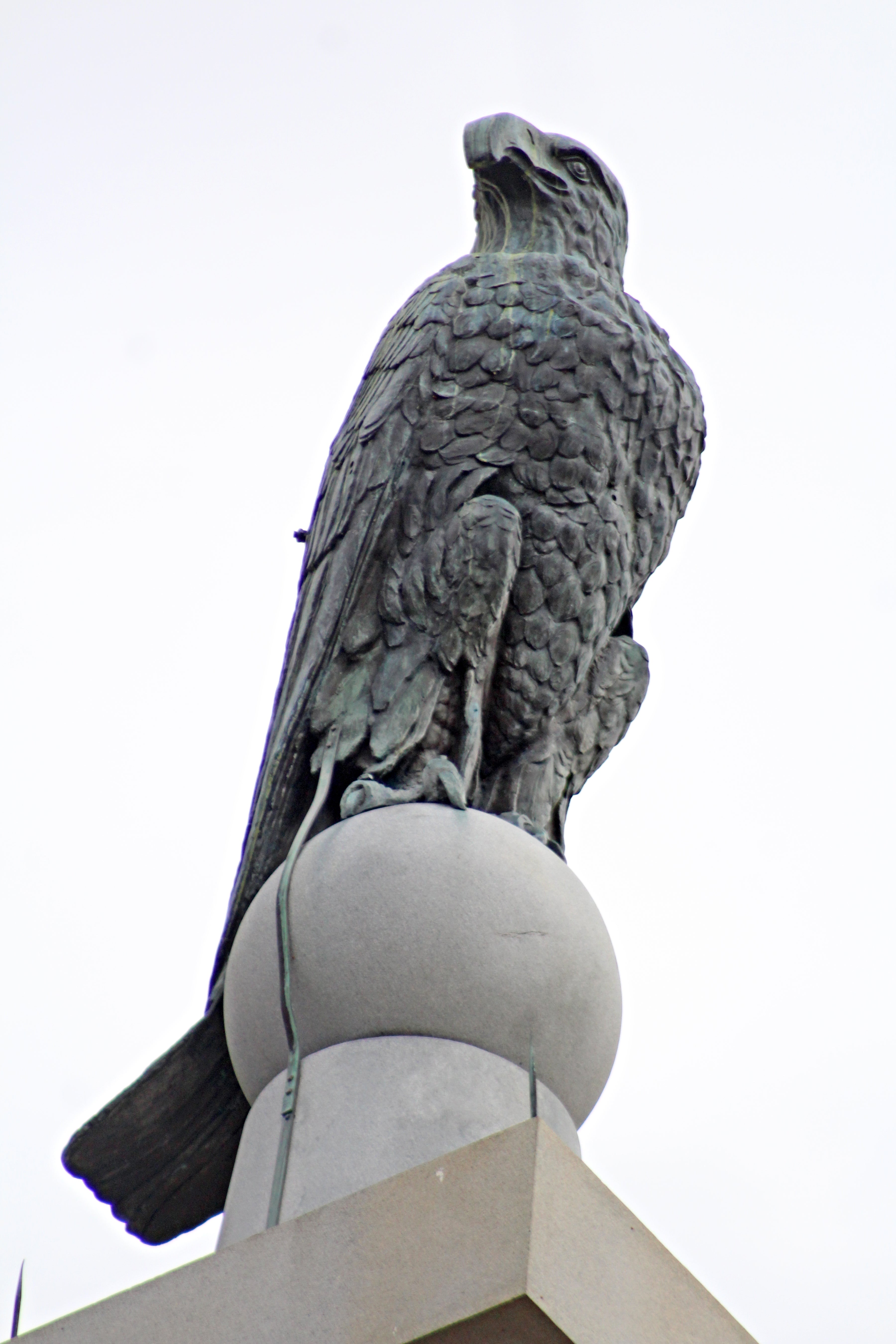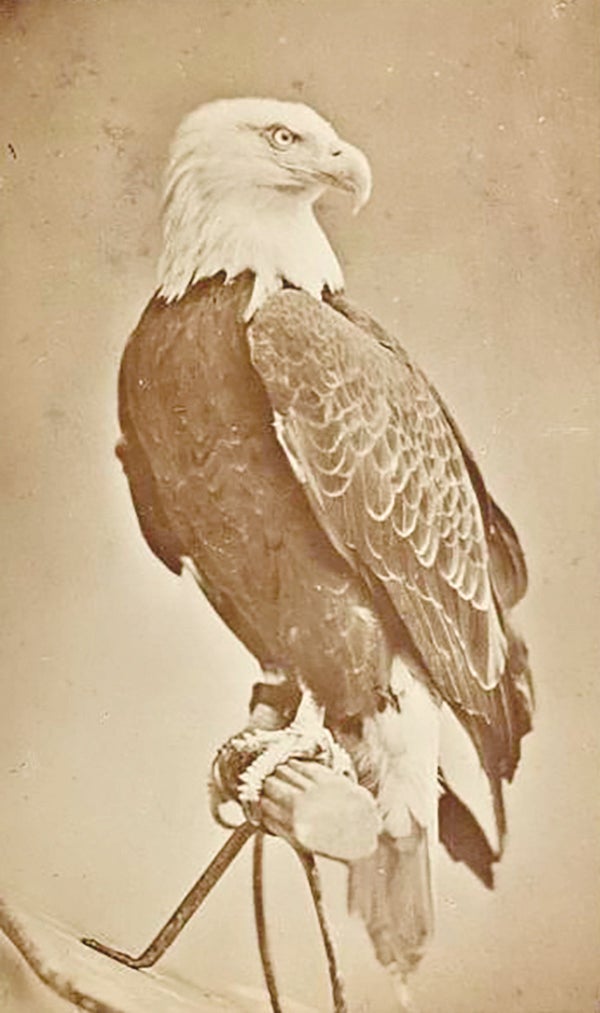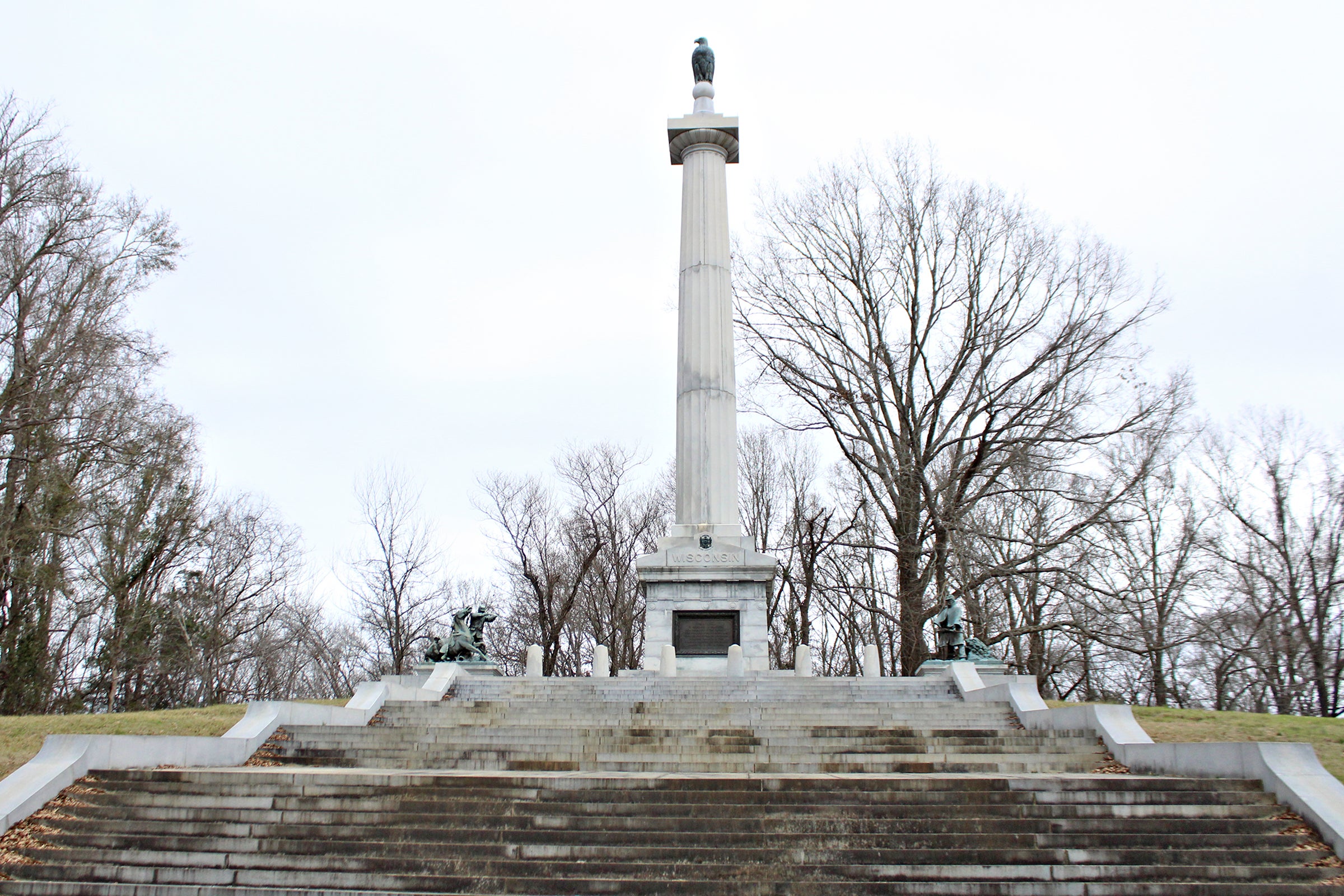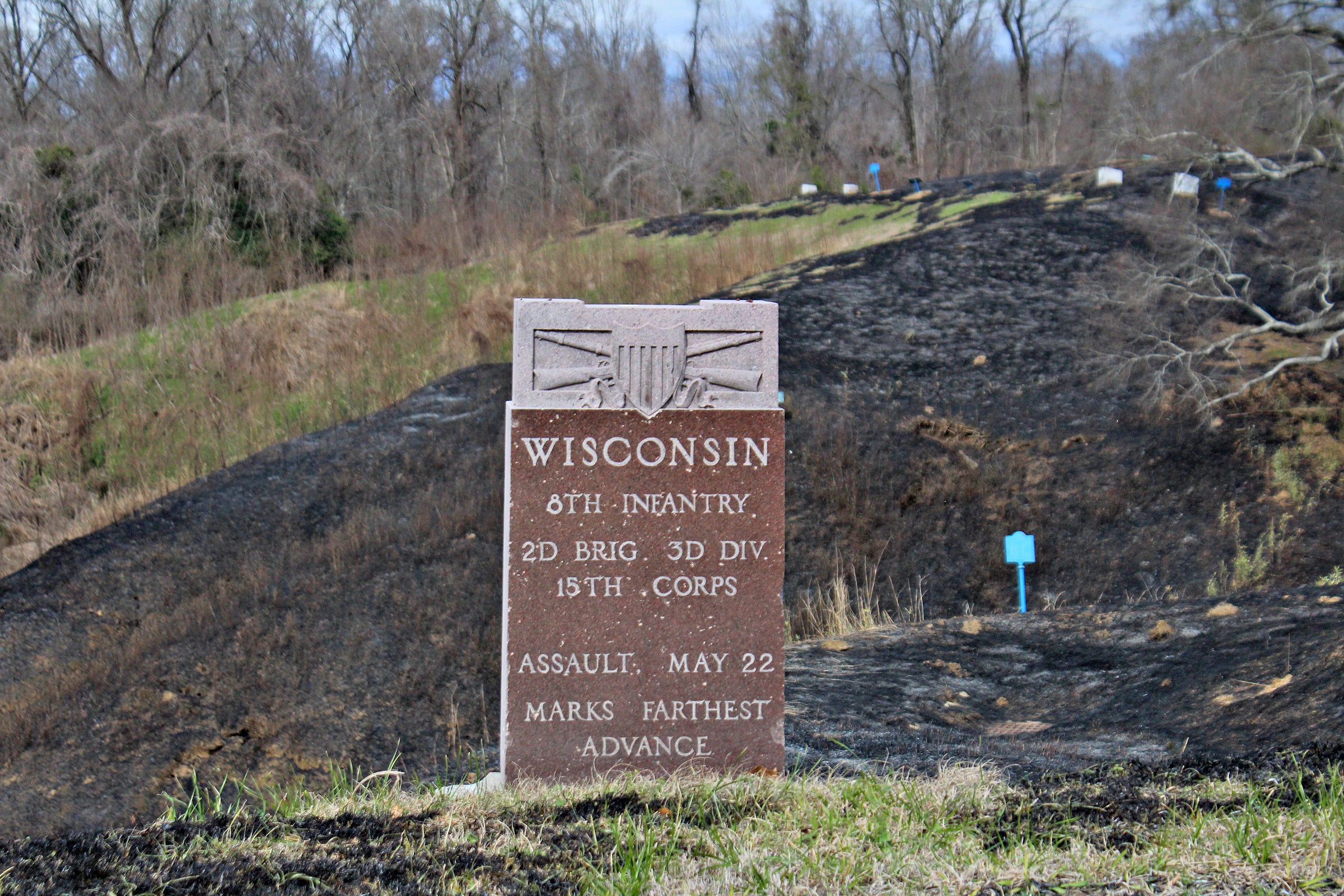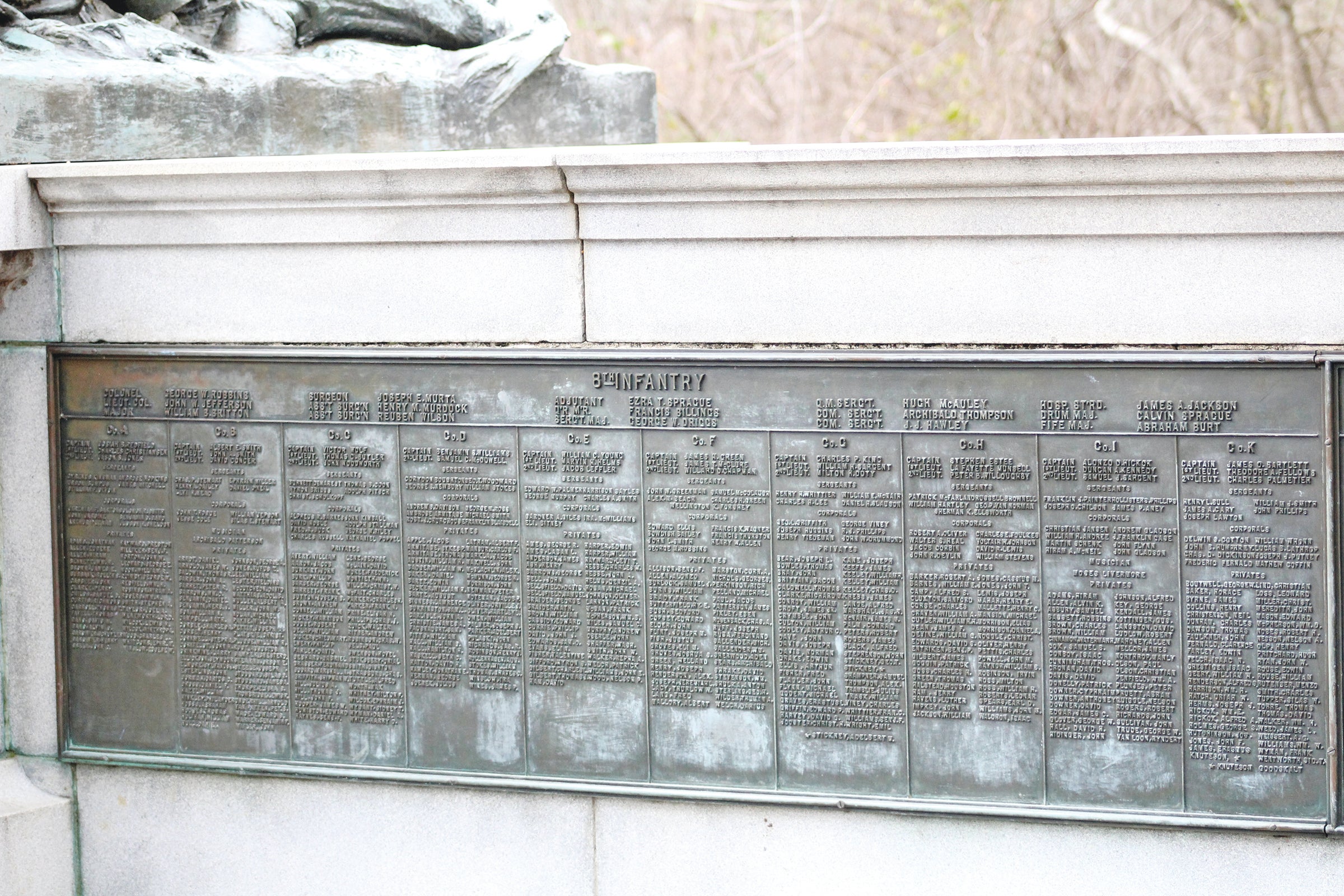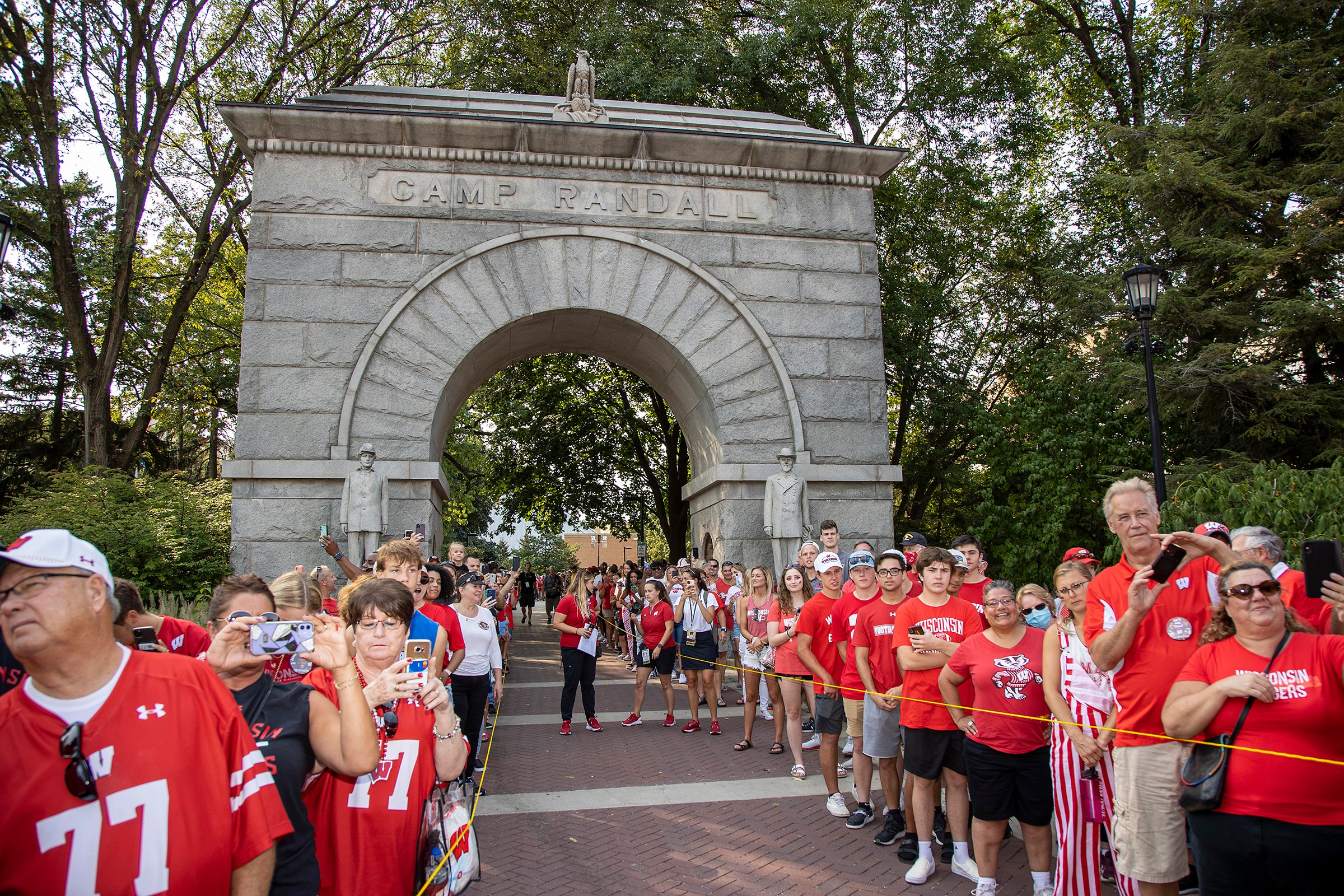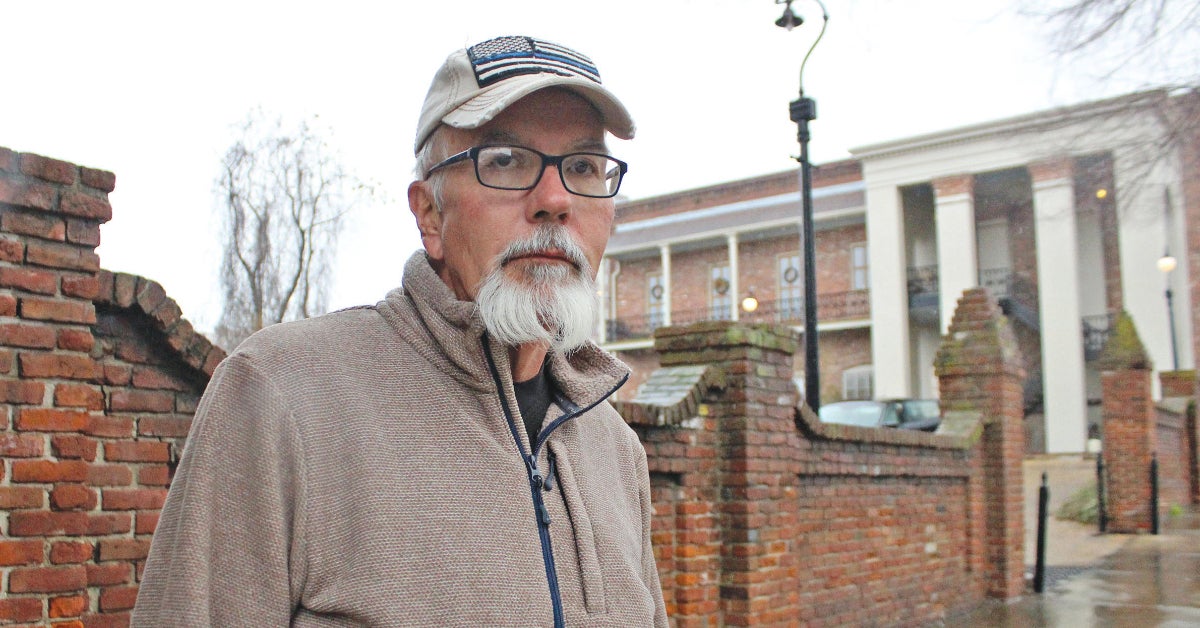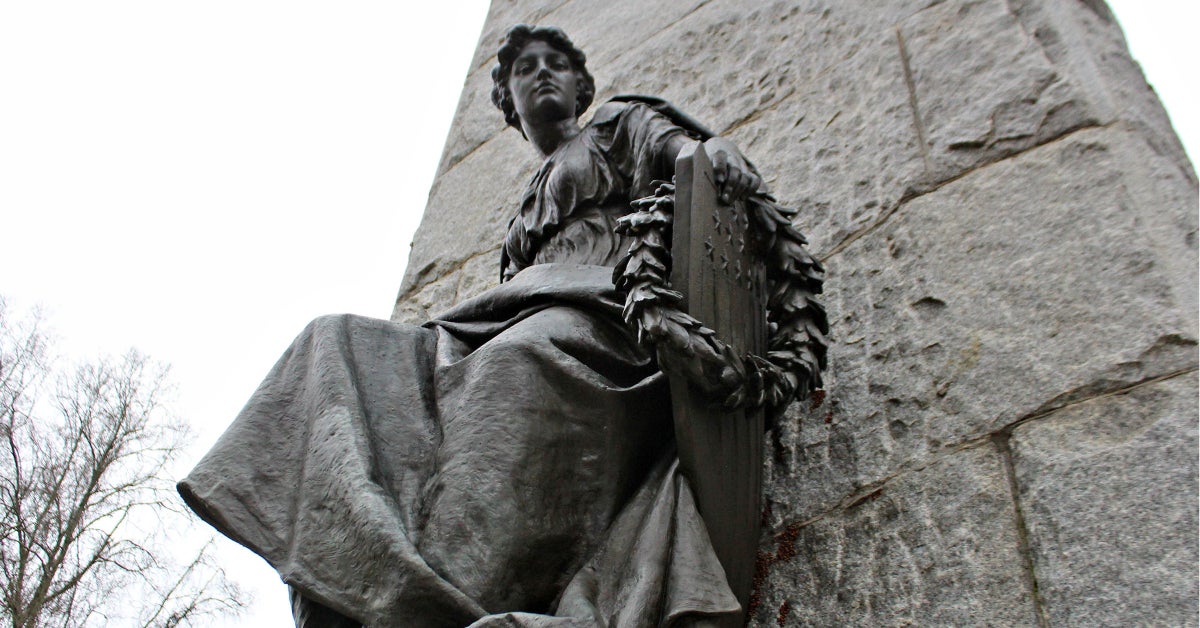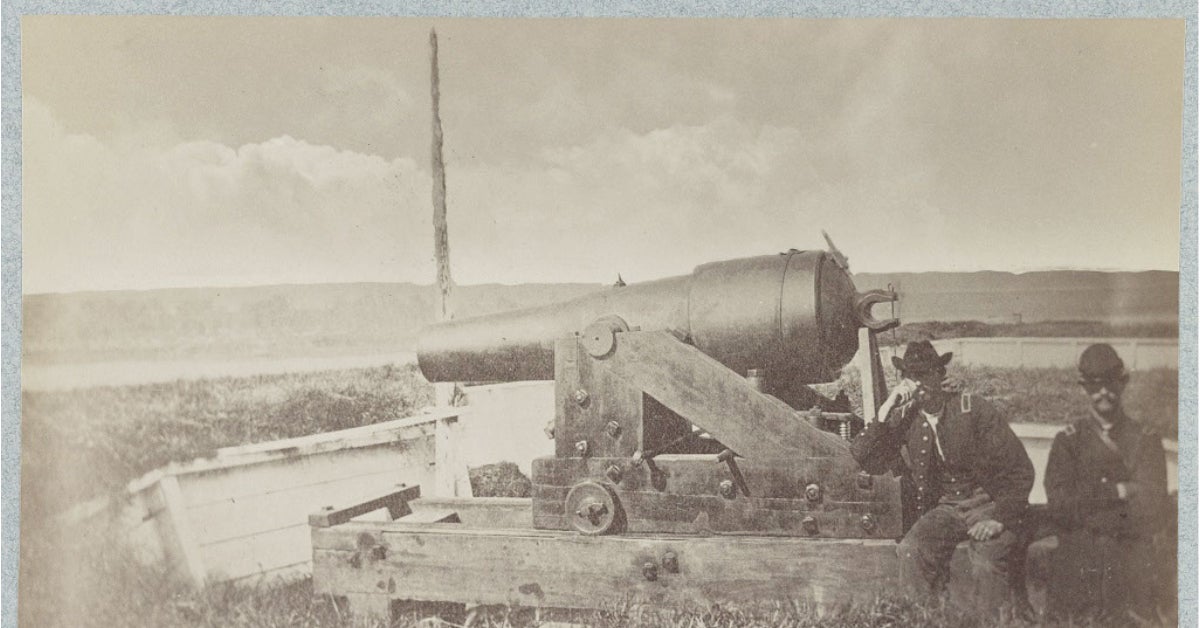RIDING INTO BATTLE ON EAGLE’S WINGS: The legend of ‘Old Abe’ endures for 160 years
Published 10:11 am Saturday, February 25, 2023
Abraham Lincoln was the president during the Civil War. Old Abe — a bald eagle named for the president — might have been a bigger celebrity.
Two years before the Siege, in 1861, the bird was captured by a Chippewa Indian named Chief Sky, who sold him to Daniel McCann for a bushel of corn. McCann, in turn, sold him to members of the “Eau Claire Badgers” militia company at a marshaling site in Madison, Wisconsin.
There are several different accounts of who actually purchased Old Abe — some indicate it was a group effort and others credit a bartender named S.M. Jeffers for fronting the money — but they all agree that the price was $2.50.
The Eau Claire Badgers were redesignated as Company C, 8th Wisconsin Volunteer Infantry Regiment when they entered federal service. Because of the eagle, the unit also earned the nickname the “Eagle Regiment.” The eagle was named “Old Abe,” in honor of President Lincoln.
The 8th Wisconsin served with distinction in the Western Theater during the Civil War, including the Vicksburg campaign. Old Abe accompanied the 8th Wisconsin through 25 battles and a number of skirmishes. Old Abe was typically secured with a long cord attached to a perch, and his handlers carried the 14-pound bird into battle the same way they would the flag.
“While I was his bearer I taught him to drink water out of a canteen which saved him a great deal of suffering on long hot marches in a dry country,” David McLain, one of Old Abe’s wartime handlers, said at a meeting of the Dunn County (Wisconsin) Old Settlers Association in the late 1800s. A manuscript of McLain’s speech was passed down through his family and published by the Eau Claire Leader-Telegram newspaper in 1976. “By this time Old Abe was getting quite heavy. I think about 12 or 14 pounds and on hot days very troublesome. When he would get tired on his perch he would want to fly to the ground to rest, but we got along with him pretty well.”
Feeding Old Abe wasn’t as easy as teaching him to drink. McLain said the eagle’s appetite was finicky.
“He would not eat grain of any kind. Sometimes we could get a chicken or a duck for him. He was quite fond of minnows, quite often we could get some in the creeks and then he would have a feast,” McLain said. “He was very particular about what he ate. He would not touch meat of any kind that was the least tainted. We always did the best we could to get rations for the eagle, as we were very proud of him.”
And rightly so. Old Abe was as much a comrade in arms as he was a mascot.
At Corinth, Old Abe was on the front line — and slightly wounded; he lost a few feathers when he was shot through the wing — as the 8th Wisconsin beat back a Confederate charge.
At Vicksburg, he was alongside his comrades through all of the fighting, including the ill-fated and infamous frontal assault on the Stockade Redan in May. The failed assault inflicted heavy casualties on Union forces and convinced Gen. Ulysses S. Grant to settle in for a siege of Vicksburg rather than trying to take the city by force.
“He was quite excited always in battle and he’d spread his wings and scream but never flew over the lines of either army,” McLain told the Old Settlers Association.
The eagle’s presence made him a well-known figure to both armies. He was a coveted target of Confederate forces, who tried and failed in a number of attempts to capture or kill him. On the Union side, even generals saluted him.
“I have frequently seen Generals Grant, Sherman, McPherson, Rosecranz, Blair, Logan and others, when they were passing our regiment, raise their hats as they passed Old Abe, which always brought a cheer from the regiment and then the Eagle would spread his wings as he always did when the regiment cheered and he did look magnificent at such times,” McLain told the Old Settlers Association.
Old Abe’s time in the army ended in 1864 but not his revered status. He quickly became a national celebrity and a state symbol in Wisconsin. Old Abe was sent around the country to veterans’ reunions, benefit events, and was part of the Centennial Exposition in 1876. Eventually, he was moved to an aviary in the Wisconsin state capitol building.
Sadly, Old Abe was injured in a small fire in 1881 and died a month later. His body was preserved and displayed in the state capitol until 1904, when another fire destroyed the building and Abe’s remains.
Only a few of Abe’s feathers remain today, but his legacy is as large as ever.
Old Abe’s likeness stands atop the Wisconsin monument in the Vicksburg National Military Park, as well as the entrance to the University of Wisconsin’s Camp Randall football stadium. A replica of Old Abe presides over the Wisconsin State Assembly chamber in the state capitol. Eau Claire Memorial High School’s sports teams are nicknamed “Old Abes.”
Perhaps most famously, Abe’s profile adorns the shoulder sleeve insignia of the U.S. Army’s 101st Airborne Division. That unit was established at Mississippi’s Camp Shelby in 1918, then reconstituted in Milwaukee, Wisconsin in 1921 — where Ole Abe and the “screaming eagle” mascot was adopted.
The 101st was reorganized as a paratrooper division in 1942 and became famous for its battles across Europe during World War II.
The 101st has continued to fight on, through Vietnam, Iraq, Afghanistan and other hotspots around the world. Old Abe has flown alongside every step of the way, just as he went into battle with the 8th Wisconsin at Vicksburg in 1863.


